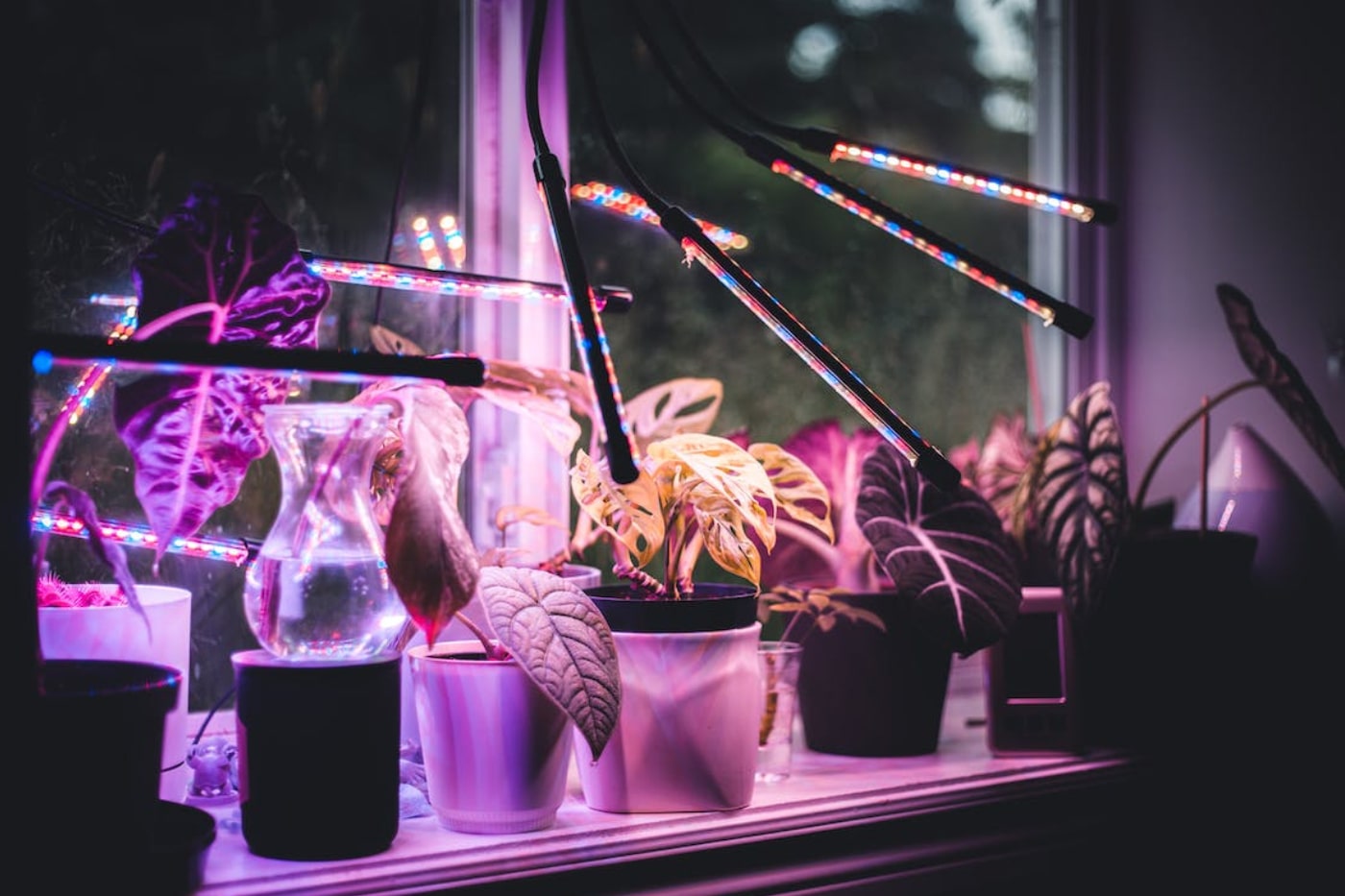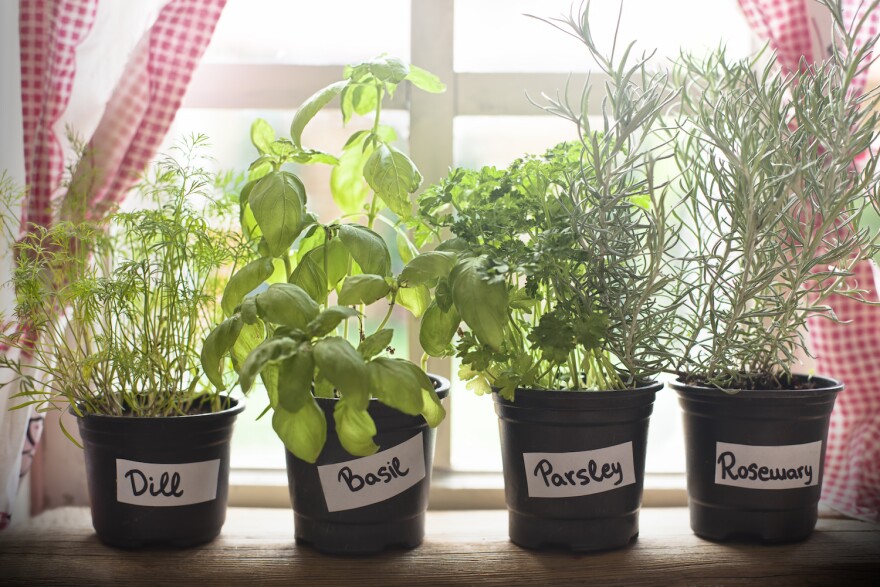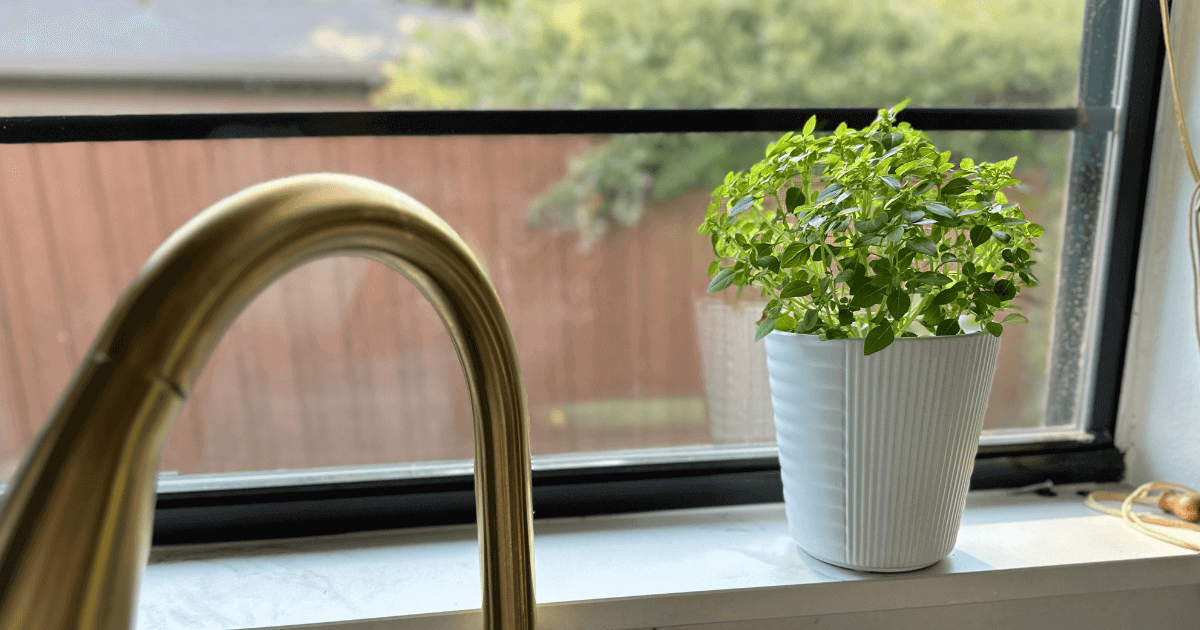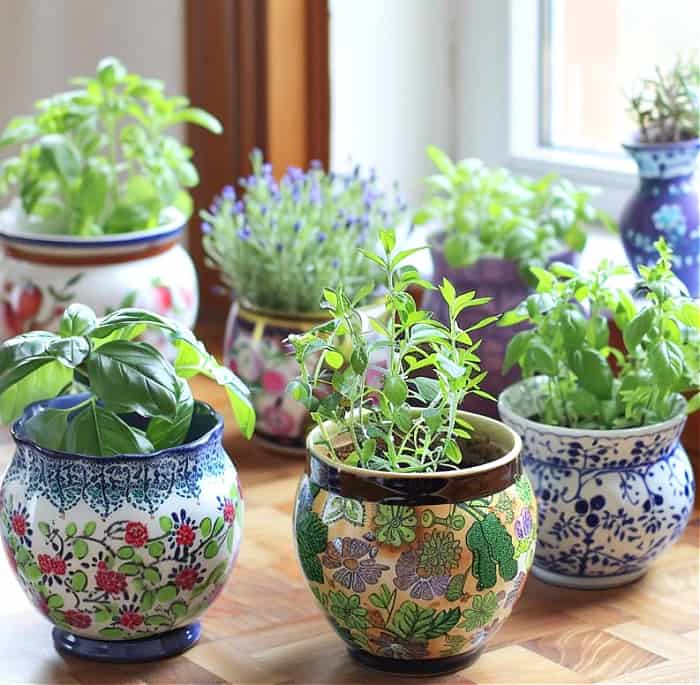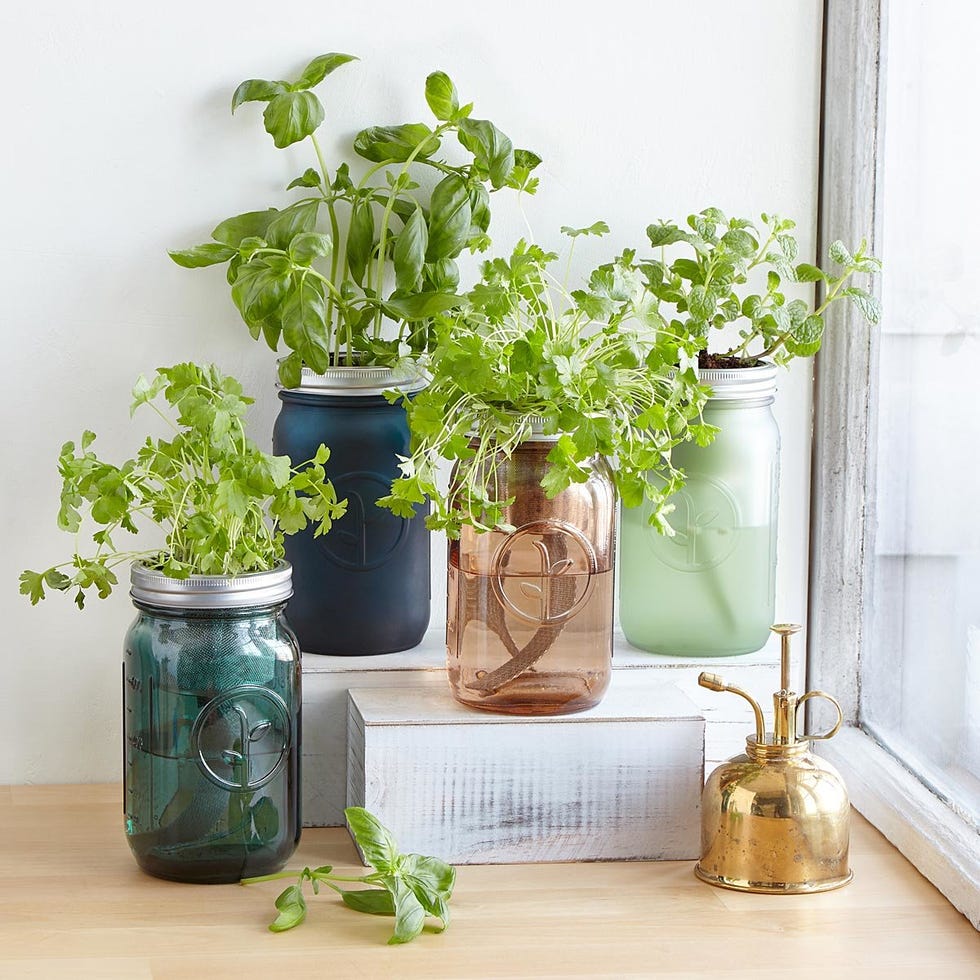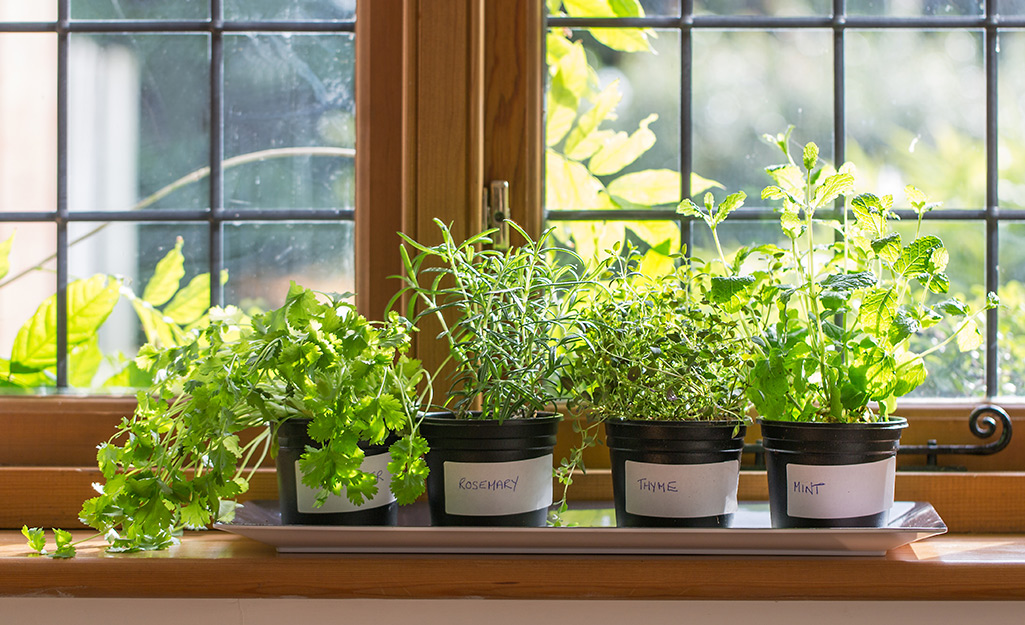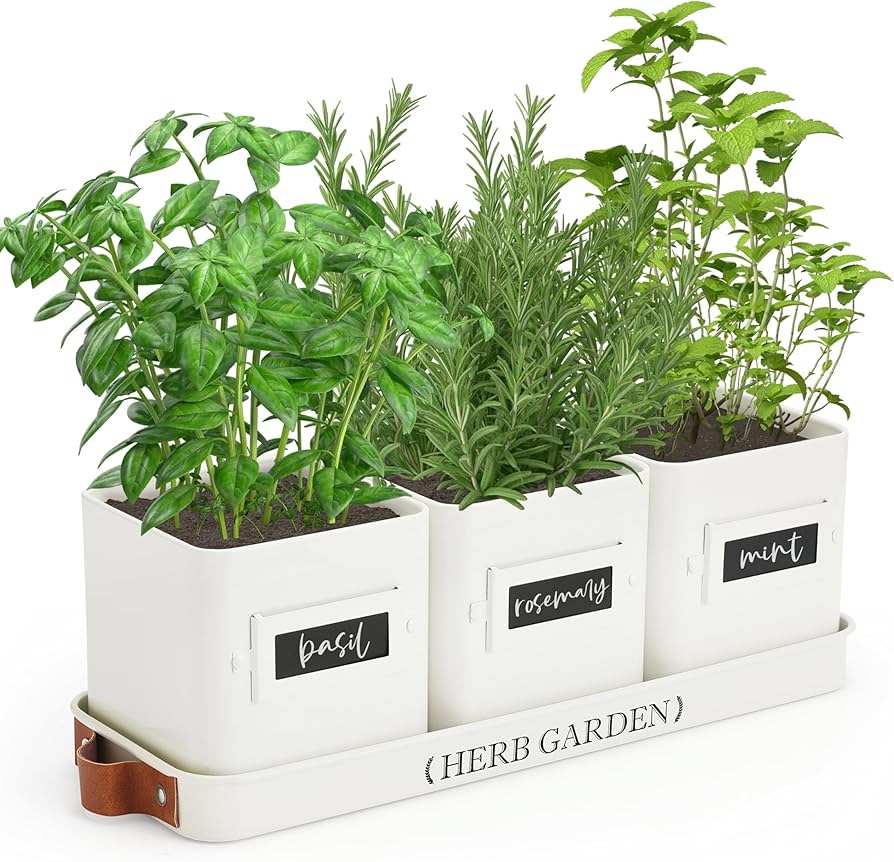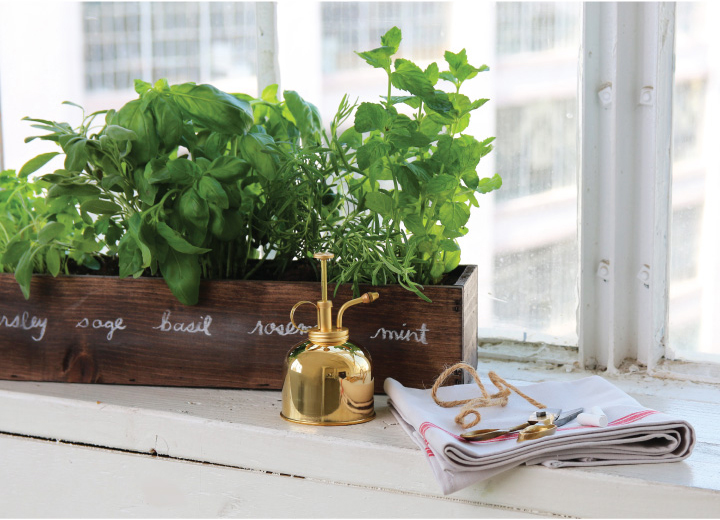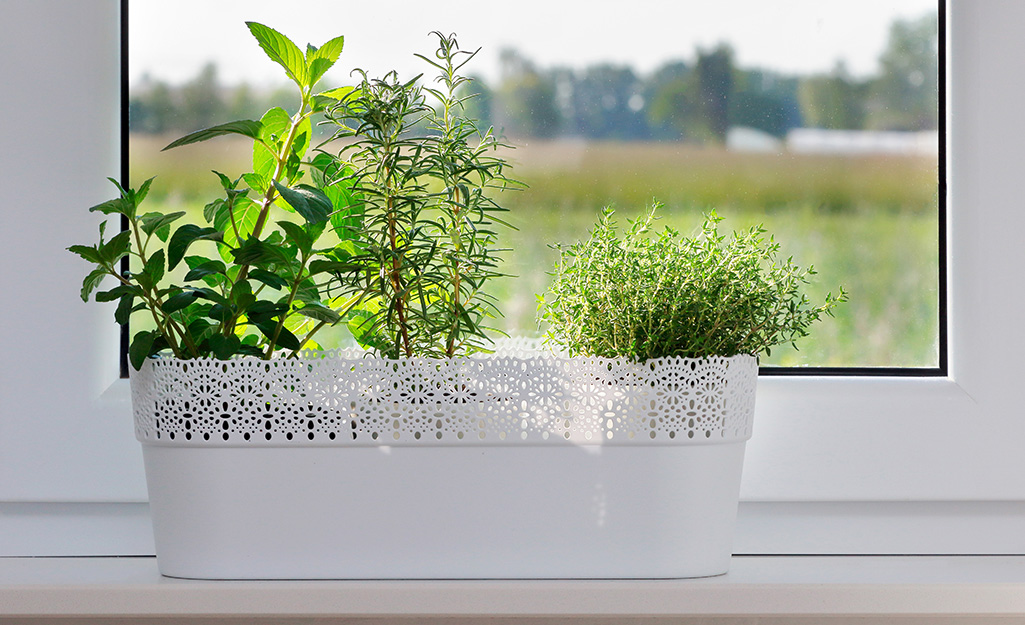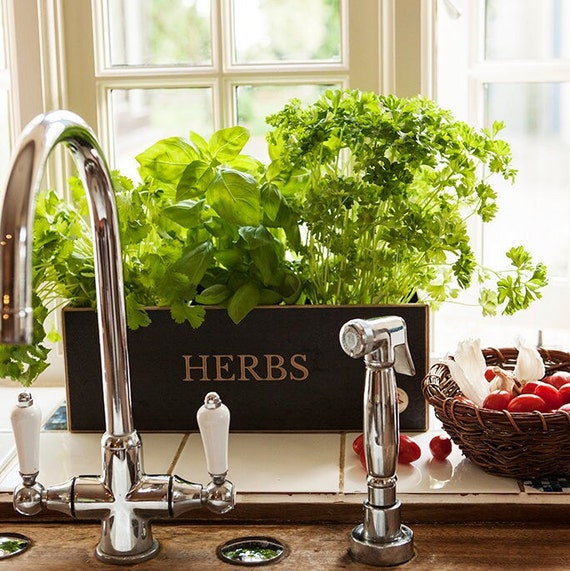Canadian Winter: Supplementing Weak Sunlight
December and January offer minimal daylight hours and weak sun angles in Canadian cities, challenging indoor herb gardens. Supplement natural light with LED grow lights running 12-14 hours daily. Position lights 15-30cm above plant canopy and adjust as herbs grow. This combination maintains vigorous growth through dark winter months when south-facing windows alone prove insufficient. Expect slower growth than summer but steady harvests with proper supplementation and patience.
